Living in Guía de Isora: Nature, Space, and Traditional Charm
Guía de Isora is a municipality that stretches from the cliffs of the Atlantic coast to the foothills of Mount Teide, offering a rich mix of rural charm, mountain scenery, and quiet coastal enclaves. Unlike resort areas of southern Tenerife, Guía de Isora appeals to those seeking tranquility, authenticity, and a deeper connection with nature. The main town itself sits at around 580 meters above sea level, offering cooler air and panoramic views, while its surrounding villages and coastal zones provide a wide variety of lifestyle options – from rustic fincas to modern villas with sea views. Living in Guía de Isora means choosing space over spectacle, tradition over tourism, and simplicity over speed.
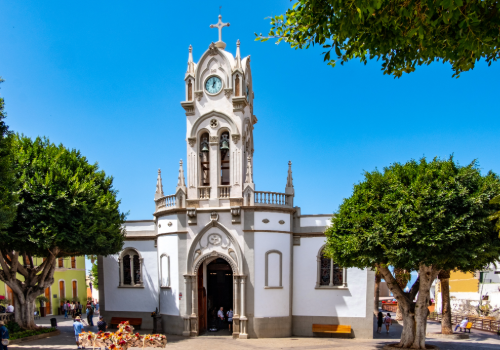
Property in Guía de Isora is more affordable than in coastal resort towns, although prices vary significantly depending on altitude, views, and proximity to the sea. In the town center and mountain villages like Chío or Tejina, traditional Canarian homes or apartments can be found starting from around €120,000, with larger homes ranging between €200,000 and €350,000. Fincas with land are also popular in this region, starting around €300,000 and going upwards depending on size and development. In the coastal zones – such as Playa San Juan, Alcalá, or Abama – prices are significantly higher, especially in luxury developments. New villas or sea-view apartments in these areas can easily exceed €500,000 or reach over a million in exclusive complexes like Abama Resort. This diversity makes Guía de Isora attractive to a wide range of buyers – from those seeking rural living on a budget to high-end investors looking for privacy and coastal prestige.
Ownership costs are generally low, particularly for properties in the inland villages. IBI (property tax) for a typical village home or apartment is often under €300 per year. 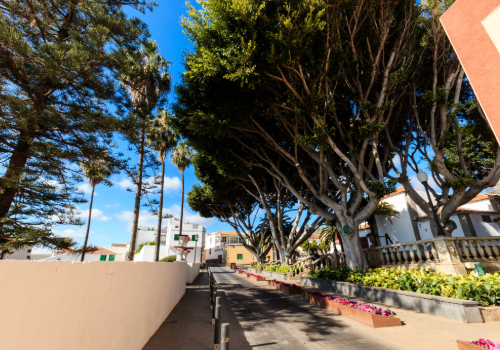 Community fees are uncommon in rural properties or houses, and for apartments in town, fees are modest – usually between €30 and €60 per month. In contrast, high-end coastal communities with pools, security, and amenities can charge much higher community fees, sometimes exceeding €200 monthly. Still, for many buyers, the reduced overhead costs of inland living are part of the appeal – allowing for larger properties and land ownership without luxury upkeep.
Community fees are uncommon in rural properties or houses, and for apartments in town, fees are modest – usually between €30 and €60 per month. In contrast, high-end coastal communities with pools, security, and amenities can charge much higher community fees, sometimes exceeding €200 monthly. Still, for many buyers, the reduced overhead costs of inland living are part of the appeal – allowing for larger properties and land ownership without luxury upkeep.
Housing in Guía de Isora spans a broad range of styles and environments. In the town center, you’ll find older Canarian townhouses with character, traditional architecture, and walkable access to local services. In villages like Acojeja, Vera de Erques or Aripe, properties often include agricultural land, gardens, or terraces with sweeping views of the ocean. For those seeking modern comfort, newer villas and country homes are available, often with private pools and contemporary finishes, especially in lower-altitude areas closer to the coast. The luxury end of the market is centered around Abama Resort, one of the most prestigious residential developments in the Canary Islands, featuring golf, fine dining, and 5-star hotel services. But even outside of Abama, coastal zones like Piedra Hincada and Fonsalía are gaining attention for their development potential and sea proximity, offering a more affordable alternative to Costa Adeje with a peaceful village feel.
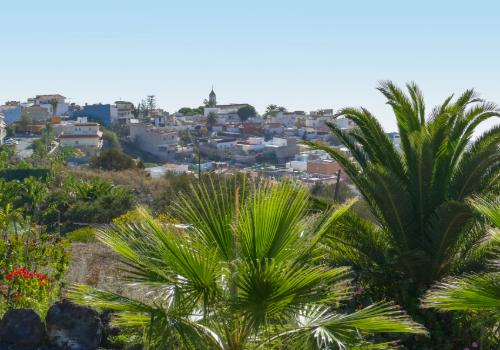 Life in Guía de Isora is defined by space, nature, and tradition. The inland town and villages offer fresh mountain air, a strong local community, and an authentic Canarian lifestyle. Residents often grow their own vegetables, enjoy local fiestas, and benefit from a peaceful rhythm rarely found in the tourist zones. Weekly markets, small shops, and local bars provide the essentials, while nearby Playa San Juan or Adeje offer additional services and beach access within 15–20 minutes by car. Hiking trails, cycling routes, and stargazing are part of everyday life. For those living closer to the coast, the beach and promenades are still within easy reach, but without the density or noise of larger urban areas. Guía de Isora is also well connected via the TF-1 motorway and has recently been a focus of infrastructure improvement, making it even more accessible.
Life in Guía de Isora is defined by space, nature, and tradition. The inland town and villages offer fresh mountain air, a strong local community, and an authentic Canarian lifestyle. Residents often grow their own vegetables, enjoy local fiestas, and benefit from a peaceful rhythm rarely found in the tourist zones. Weekly markets, small shops, and local bars provide the essentials, while nearby Playa San Juan or Adeje offer additional services and beach access within 15–20 minutes by car. Hiking trails, cycling routes, and stargazing are part of everyday life. For those living closer to the coast, the beach and promenades are still within easy reach, but without the density or noise of larger urban areas. Guía de Isora is also well connected via the TF-1 motorway and has recently been a focus of infrastructure improvement, making it even more accessible.
The climate in Guía de Isora varies depending on elevation. The coastal areas enjoy a classic south Tenerife microclimate – sunny, dry, and warm most of the year, with temperatures ranging from 22°C to 30°C. Inland towns like Guía de Isora center, Chío, or Tejina are cooler and more temperate, with average temperatures between 17°C and 25°C and more noticeable seasonal changes. These mid-altitude zones are ideal for those who find the coast too hot in summer or prefer a greener, more varied landscape. Rainfall increases slightly at higher elevations, but the area still enjoys plenty of sunshine. The contrast between sea and mountain weather is one of the region’s assets – you can sunbathe in the morning and hike in the clouds by afternoon, all within the same municipality.
The population of Guía de Isora is mainly Canarian, but there is a growing international presence, especially among residents who seek a rural lifestyle or remote working base with better value for money. The foreign community includes Germans, Italians, Belgians, and a number of Scandinavian residents, as well as mainland Spanish families relocating for quality of life. English is less commonly spoken in the inland areas compared to coastal resorts, so integration often means learning Spanish and participating in local life – something many residents find enriching. Community life is quiet but welcoming, and neighbours tend to know each other. This area is well suited for people seeking connection to nature, authenticity, and a slower, more intentional lifestyle.
In conclusion, Guía de Isora is an ideal destination for those who value space, authenticity, and natural surroundings over nightlife or polished tourist infrastructure. Whether you’re looking for a traditional home with land, a modern villa with sea views, or a quiet town to enjoy retirement or remote work, this municipality offers a surprisingly broad range of opportunities. With low property taxes, a peaceful atmosphere, and quick access to both coast and mountain, Guía de Isora continues to grow in popularity as a smart and soulful place to live in Tenerife.
Artículos recientes
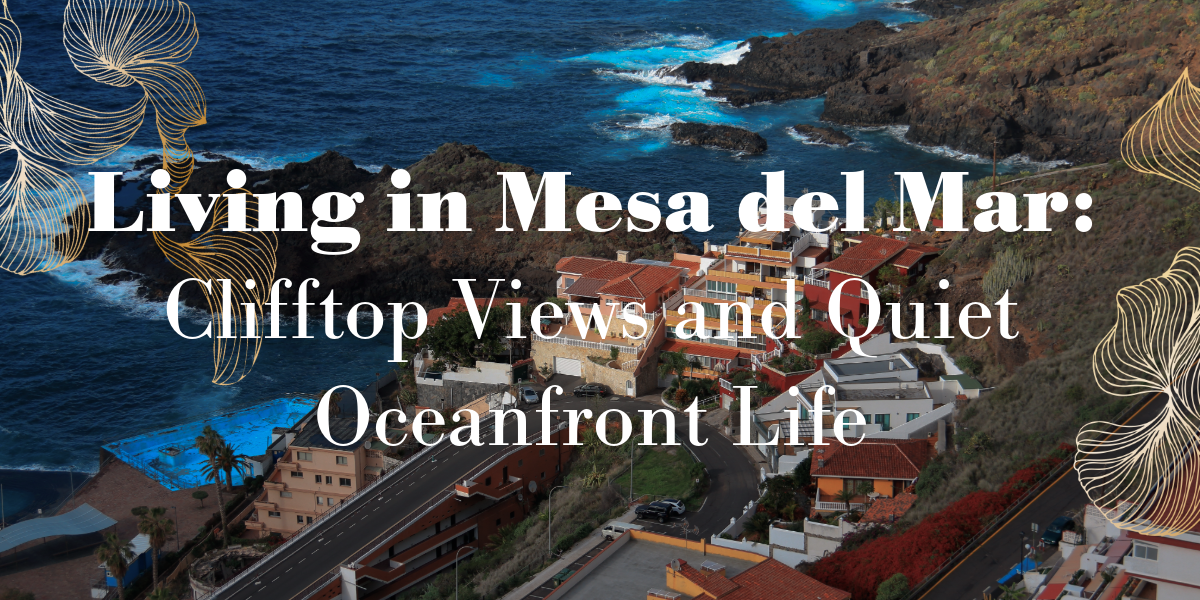
26 de septiembre de 2025 26/09/2025
Living in Mesa del Mar: Clifftop Views and Quiet Oceanfront Life
Mesa del Mar is a small, secluded coastal village…
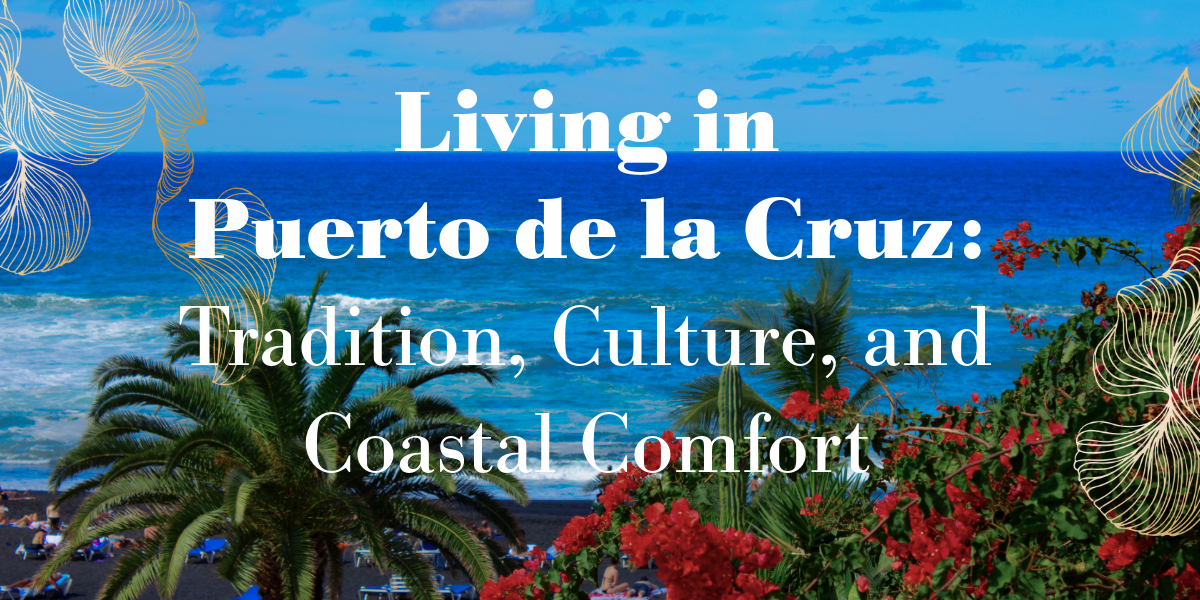
26 de septiembre de 2025 26/09/2025
Living in Puerto de la Cruz: Tradition, Culture, and Coastal Comfort
Puerto de la Cruz is the beating heart of norther…
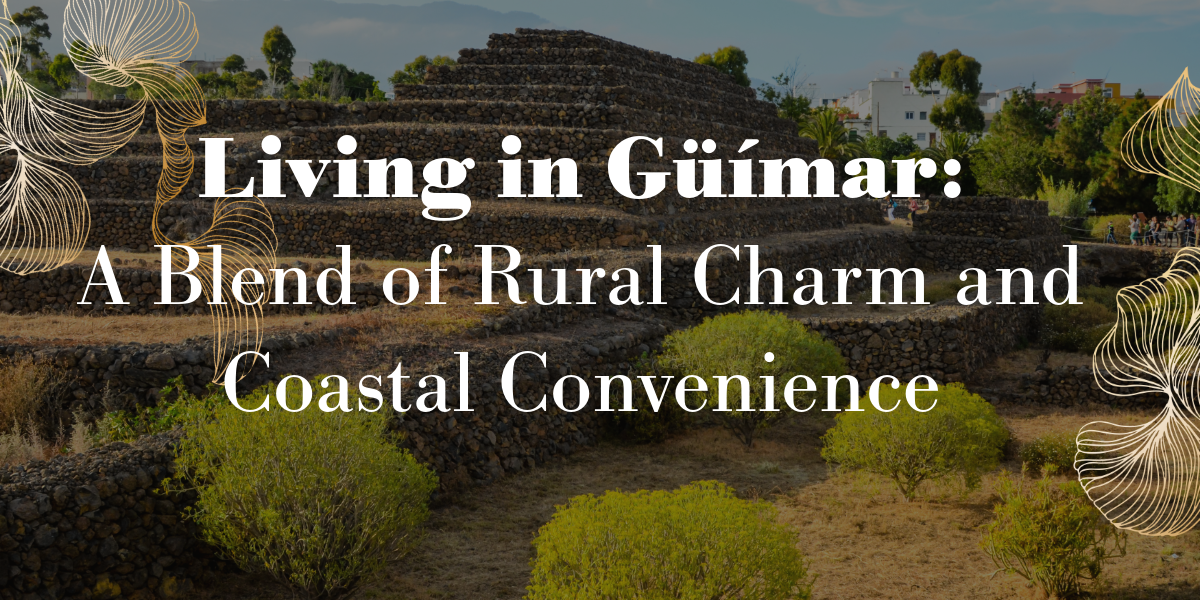
26 de septiembre de 2025 26/09/2025
Living in Güímar: A Blend of Rural Charm and Coastal Convenience
Güímar is a traditional town located on the south…
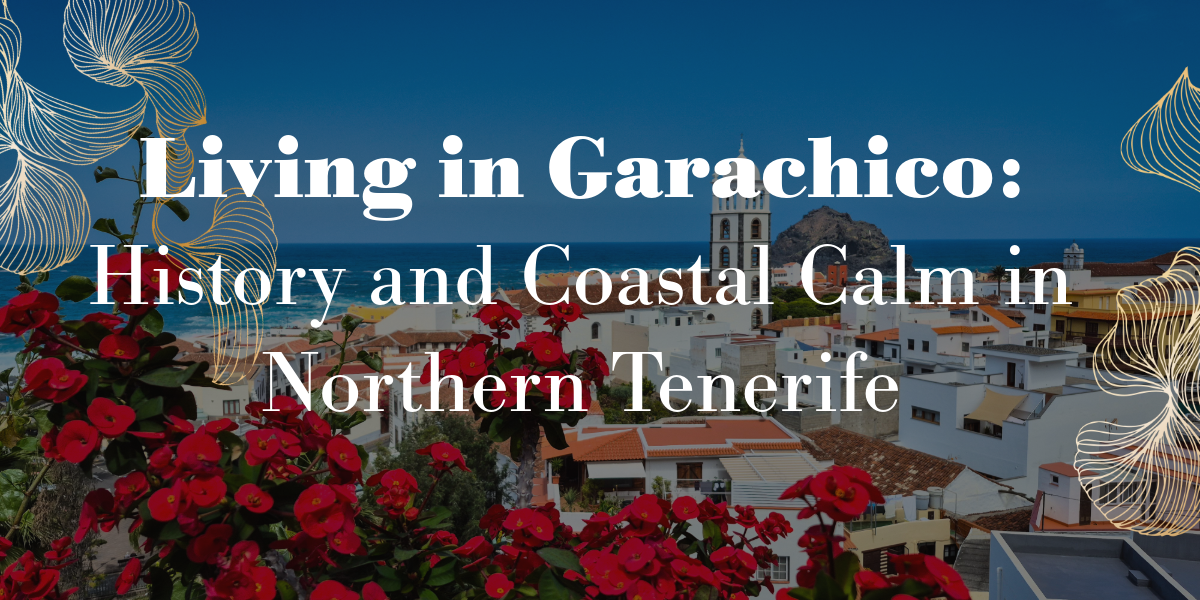
22 de septiembre de 2025 22/09/2025
Living in Garachico: History and Coastal Calm in Northern Tenerife
Garachico is one of Tenerife’s most picturesque t…
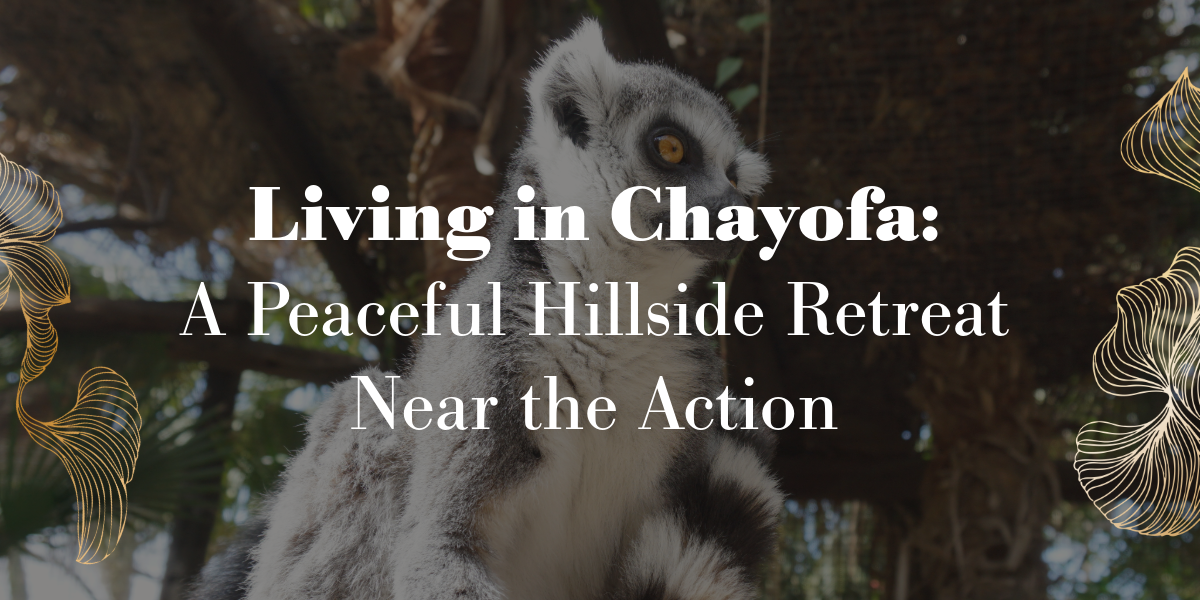
7 de agosto de 2025 07/08/2025
Living in Chayofa: A Peaceful Hillside Retreat Near the Action
Chayofa is a quiet, green hillside village locate…